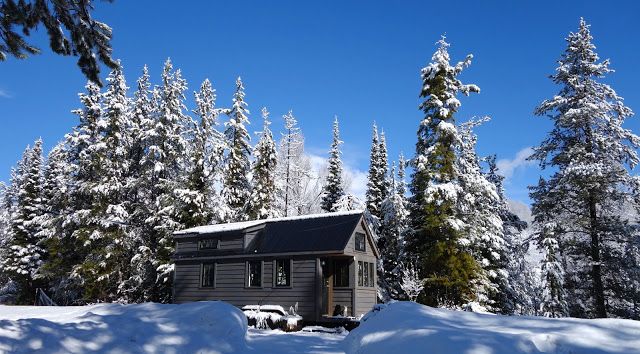Winter is coming, which means it’s time to start thinking about how to keep your lawn healthy during the colder months. Winter lawn care is essential to maintaining a green, lush lawn come spring. Use this checklist to make sure you’re doing everything you can to take care of your lawn this winter. From fertilizing to de-thatching, these tips will help you keep your lawn healthy all season long.

To do #1: Test your soil.
Knowing the pH level of your soil is important for choosing the right fertilizer and grass seed. You can test your soil yourself with a kit from a gardening store, or you can send a sample to your local cooperative extension office. While you’re at it, test for the nutrient levels in your soil as well. This will help you determine what, if any, amendments you need to add to your soil to make it more fertile.
Here’s a guide for interpreting soil test results:
-If your pH is below 7.0: You have acidic soil. This is common in parts of the country with high rainfall, like the Pacific Northwest. Adding lime to your soil will raise the pH and make it more alkaline.
-If your pH is above 7.0: You have alkaline soil. This is common in arid parts of the country, like the Southwest. Adding sulfur to your soil will lower the pH and make it more acidic.
Once you’ve tested your soil, it’s time to start preparing it for winter.
Also Read: How to Keep Flowers in Pots from Freezing in Winter
To do #2: Aerate your lawn.
When you aerate your lawn, you are helping to promote drainage as well as air circulation in the root zone. This is of utmost significance in clay soils, which are prone to becoming compacted because of their sticky nature. The accumulation of thatch, which can block the passage of water and nutrients to the grass’s roots, is another benefit of aeration. You have the option of aerating your lawn on your own with a motorized or hand-held aerator, or you may pay a professional to do it for you.
The fall is the ideal time to aerate, as this is the season in which the ground has not yet frozen. Even if you missed the opportunity to aerate during that window, it is still preferable to do so later rather than never. When you are aerating your lawn, you might only need to be extra careful not to damage the roots of the grass, though.
To do #3: Overseed your lawn.
Overseeding is simply adding more grass seed to your lawn. This is a good way to thicken up a thin lawn, or to add new grass varieties that are more resistant to disease or pests. Overseeding is best done in the fall, so the new grass has a chance to establish itself before winter sets in. Be sure to visit Lilydale Instant Lawn to find out more about instant lawn and lawn care.
FAQs about overseeding:
-How much seed do I need? A good rule of thumb is to use 2 pounds of grass seed per 1,000 square feet of lawn.
-Can I just sprinkle the seed on top of my lawn? No. You’ll need to rake or scarify the soil first to create bare patches for the new seed to take root in.
-What kind of seed should I use? If you’re not sure, ask your local cooperative extension office for a recommendation.
To do #4: Fertilize your lawn.
Fertilizing your lawn in the fall helps to replenish nutrients that have been lost over the course of the growing season. It also helps to build up the roots, so your grass is better able to withstand winter stressors like snow and ice. Look for a fertilizer that contains nitrogen, phosphorus, and potassium. These are the three main nutrients that grass needs to stay healthy.
When applying fertilizer, be sure to follow the manufacturer’s instructions carefully. You don’t want to apply too much, as this can harm your lawn. You may also request assistance from professional lawn care services such as Heroes Lawn Care for your fertilizer needs.
To do #5: De-thatch your lawn.
A layer of dead grass, roots, and other organic materials known as thatch will grow up on the surface of the soil over the course of time. The presence of a very thin layer of thatch on your lawn can actually be advantageous, as it serves to shield the grass roots from the effects of high temperatures. However, if the thatch becomes excessively dense, it may obstruct the flow of water and nutrients to the plant’s roots. This can result in a variety of issues, including the spread of illness and the presence of pest infestations.
It is time to de-thatch your lawn if it has more than half an inch of thatch accumulated on it. Either do it yourself with a power rake or Verticutter, or get a professional to do it for you.
Also Read: Common Winter Pests and How to Get Rid of Them
To do #6: Reseed bare patches.
Bare patches are often caused by heavy traffic, pet waste, or disease. If you have bare patches in your lawn, now is the time to reseed them. This will help to ensure that your lawn is thick and lush come spring. Reseeding is best done in the fall, so the new grass has a chance to establish itself before winter sets in.
With these six steps, you can give your lawn the care it needs to survive the winter months. By taking the time to prep your lawn now, you’ll be rewarded with a beautiful green space come spring. Take time for your lawn, and your lawn will take care of you.